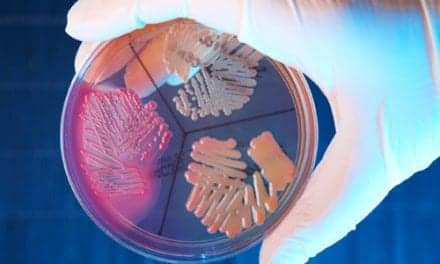Sionna Therapeutics is developing first-in-class small molecules designed to restore the function of the cystic fibrosis transmembrane conductance regulator (CFTR) protein.
Sionna is making its public debut with $111 million in Series B financing that will support the development of its assets aimed at stabilizing CFTR’s first nucleotide-binding domain (NBD1). Sionna noted in its announcement that the leading cause of CF is the genetic mutation ΔF508, which affects NBD1 stability and CFTR function. There are approximately 2,000 known mutations in the CFTR gene.
There are over 100,000 people living with the disease across the globe. Of those, an estimated 90% have the ΔF508 genetic mutation that occurs within the NBD1 domain of CFTR. This mutation causes NBD1 to unfold at body temperature and impairs CFTR function, the company noted. Within the next year, Sionna intends to file an Investigative New Drug Application with the U.S. Food and Drug Administration for its first NBD1 targeted program, SION-638. The company is also developing SION-109, which targets NBD1’s interface with the intracellular loop 4 (ICL4) region and the transmembrane domain 1 of CFTR
Mike Cloonan, president and CEO of Sionna, said NBD1 is a well-known and researched target in cystic fibrosis, but has, until now, been considered undruggable.
“Based on our focused efforts and continued progress on NBD1, we see the potential to normalize CFTR function in the vast majority of people with CF. Our mission at Sionna is to significantly improve the health and quality of life for people who continue to suffer from the life-long consequences and burden of living with CF,” Cloonan, who previously served as chief operating officer of Sage Therapeutics, said in a statement.
Sionna said that in clinically predictive in vitro CF models, its NBD1-targeted small molecules, working alongside complementary modulators, have shown the ability to normalize folding, maturation, and stability of the CFTR protein affected by the ΔF508 genetic mutation. The company said this allows “proper trafficking of CFTR to the cell surface,” as well as the normal regulation of the flow of ions and water.










